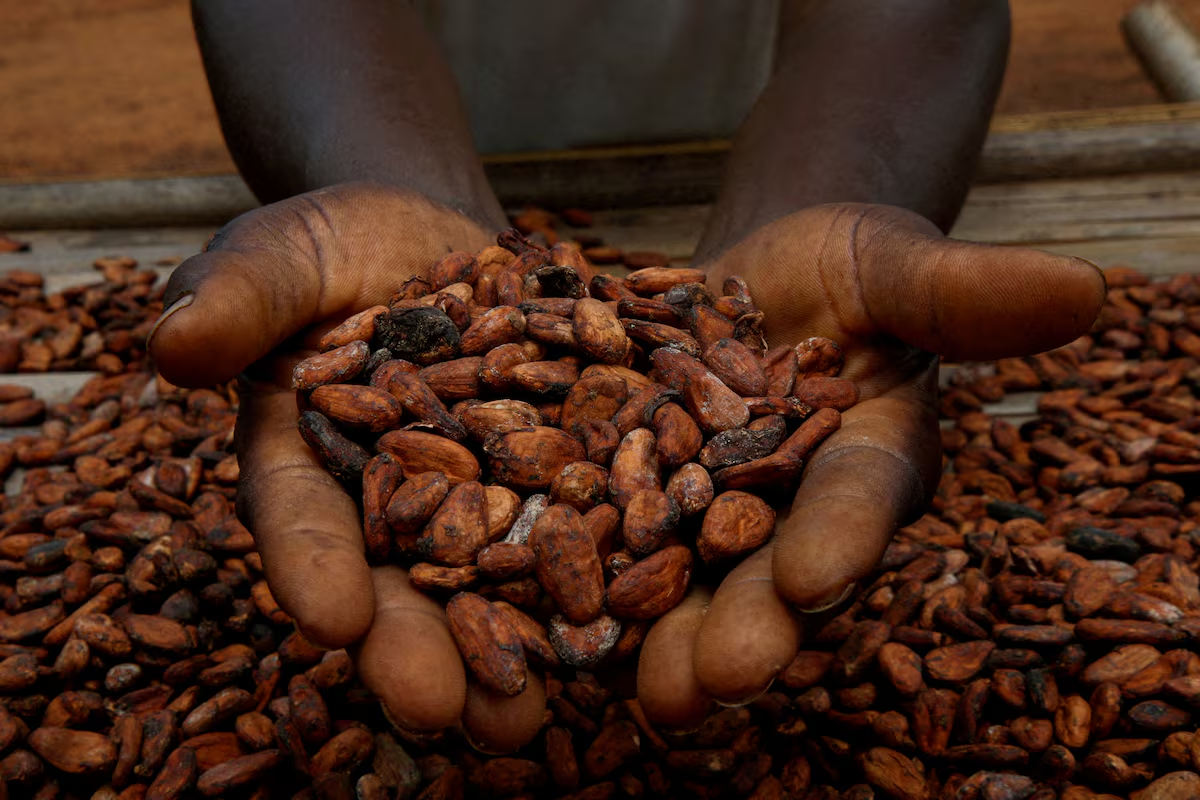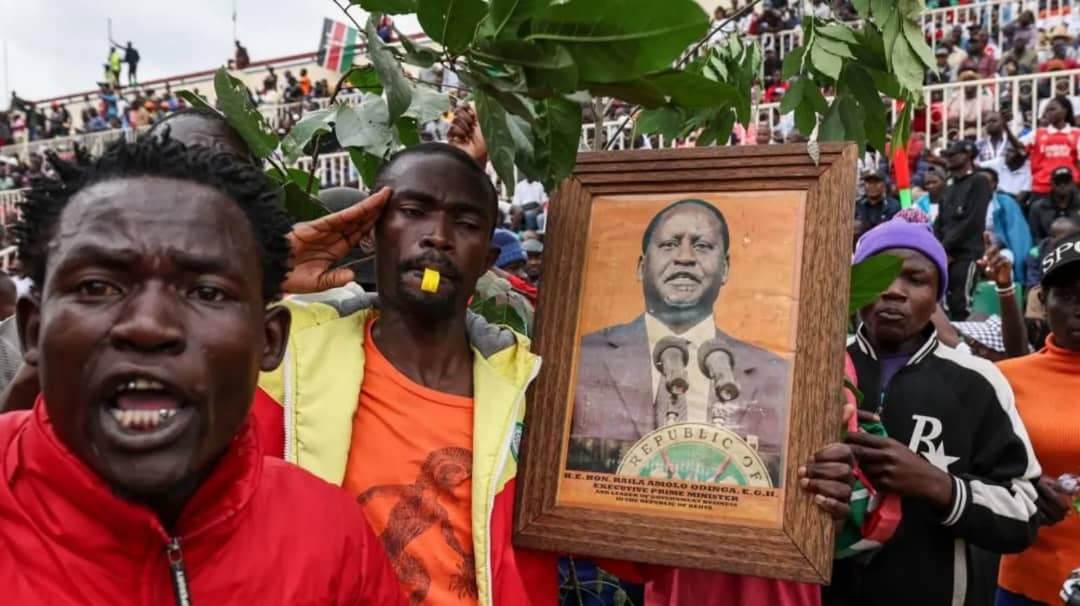Ivory Coast to Reduce Cocoa Exports Amid Declining Production: A Growing Concern for the World’s Top Cocoa Producer
- by Abdullah Muhammad, RNG247
- about 7 months ago
- 137 views

In a move signaling ongoing challenges in cocoa production, Ivory Coast, the world’s leading cocoa supplier, is set to cut its export contracts for the upcoming 2025/26 cocoa season. Regulatory sources indicate that the country will limit its international sales to 1.3 million metric tons, a significant decrease from the typical 1.7 million tons. This decision comes on the heels of two consecutive years of declining crop yields, attributed to a combination of climate change, aging cocoa plantations, and the alarming spread of plant diseases.
Officials from the Ivory Coast's Coffee and Cocoa Council (CCC) revealed that the recent production declines highlight a potential structural shift rather than just cyclical fluctuations. The CCC estimates that approximately 70% to 80% of the country’s main crop is sold in advance through contract sales, with the 2022/2023 season seeing total sales of about 1.7 million tons from a production of 2.3 million tons. However, production dropped to around 1.75 million tons for the current season, with projections for the 2024/2025 season indicating a similarly low output.
The CCC's data analysis indicates concerns that the country may struggle to return to its average production level of 1.3 million tons in the coming years. Typically, the main crop accounts for about 1.7 million tons, while the mid-crop yields around 500,000 tons. To mitigate risks amid these challenges, CCC officials believe that capping contract sales at 1.3 million tons is a more realistic approach for the upcoming season.
Cocoa farmers and industry stakeholders report a rapid spread of swollen shoot disease throughout all 13 cocoa-producing regions in the country, affecting nearly half of the cocoa fields. Unfortunately, no treatment exists for this viral disease, raising alarms about the health of aging cocoa orchards, which comprise approximately 70% of the country’s production.
Additionally, irregular rainfall patterns and ongoing drought conditions have further complicated cocoa cultivation. The weather from April to June will be crucial in determining the outlook for the next main harvest, with pod counting teams reporting unfavorable conditions reminiscent of those experienced in 2023 and 2024.
As Ivory Coast navigates this challenging landscape, the future of its cocoa industry—and the global chocolate market—remains uncertain.





.jpeg)


.jpeg)







0 Comment(s)